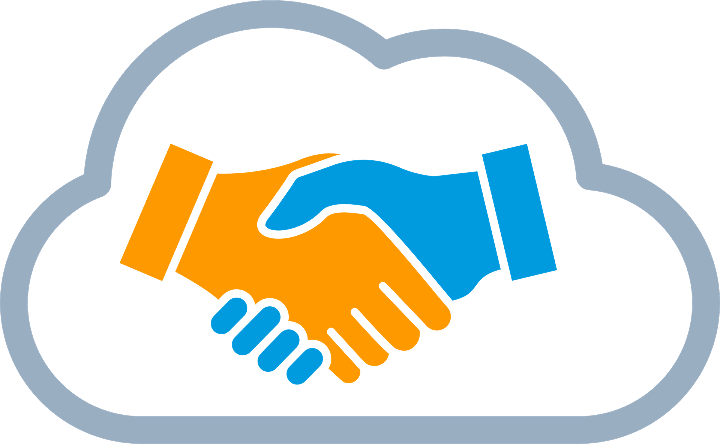The era of digital transformation is more than a buzzword;
it's a reality that is shaping the business landscape globally. Today's
enterprises are continuously looking to harness the power of digital
technologies to optimize their operations, stay agile, and maintain a
competitive edge. Central to this transformation is the decision to migrate
essential workloads, like those from Microsoft, to cloud environments such as
AWS. Before diving into this transformation, however, understanding your
current digital environment is not only smart but essential. In this blog, we
delve deeper into the nuances of recognizing the intricacies of your
environment and offer a roadmap to begin your migration journey confidently.
Image Source: https://whatfix.com/blog/digital-transformation-objectives/
What's in Your Environment?
At first glance, your IT environment might look like a complex web of interdependent applications and workloads. That's because it is. Modern enterprises utilize a diverse range of tools, applications, and platforms to deliver value to their clients. From managing databases with SQL Server, deploying applications on the Windows Server, developing with .NET, to managing identities with Active Directory, each component plays a crucial role. Understanding each of these elements is pivotal. Why? Because it allows you to:
Identify Dependencies:
Recognizing how applications and workloads depend on each other will ensure a smoother migration with minimal disruptions.
Allocate Resources Efficiently:
Knowing the size and scope of your environment lets you allocate appropriate resources for the migration.
Tailor Your Migration Strategy:
Not all workloads are
created equal. Some might benefit from a simple lift-and-shift approach, while
others might need refactoring or re-architecting.
Image Source: https://www.veritis.com/blog/cloud-vs-on-premise-it-infrastructure-model-of-your-choice/
Kick-starting Your Migration Journey
With a clear understanding of your environment, it's time to set the wheels of migration in motion. Though it might seem daunting, a systematic and strategic approach can simplify the process.
Assess Current Infrastructure:
Before any significant change, it's crucial to know where you stand. AWS's Optimization and Licensing Assessment (OLA) is a tool designed to provide insights into your current infrastructure, spotlighting areas of potential savings and suggesting avenues for increased operational efficiency.
Identify Challenges:
Every migration comes with its set of hurdles. It could be high operational costs of legacy servers, vulnerabilities in security postures, or productivity dips due to outdated tools. Recognizing these challenges upfront allows for proactive mitigation strategies.
Define Your Goals:
Migration isn't an end; it's a means to achieve broader business objectives. Is your goal to cut down infrastructure costs? Or are you looking to boost application performance and provide a better user experience? Maybe you're looking for increased scalability during peak business periods. Define these goals clearly to shape your migration strategy.
Choose a Trusted Partner:
The complexities of migration necessitate expertise. A trusted partner can provide insights, strategies, and solutions that might be overlooked in-house. With companies like Hundred Solutions, you're not just leveraging their expertise but also benefiting from a partnership that understands the intricacies of both Microsoft workloads and AWS environments.

Image Source: https://www.telestream.net/aws/
Considering a migration? Delve deeper into the tangible and transformative benefits of migrating Microsoft workloads to AWS in our comprehensive guide.
Understanding Your Environment and Getting Started with AWS